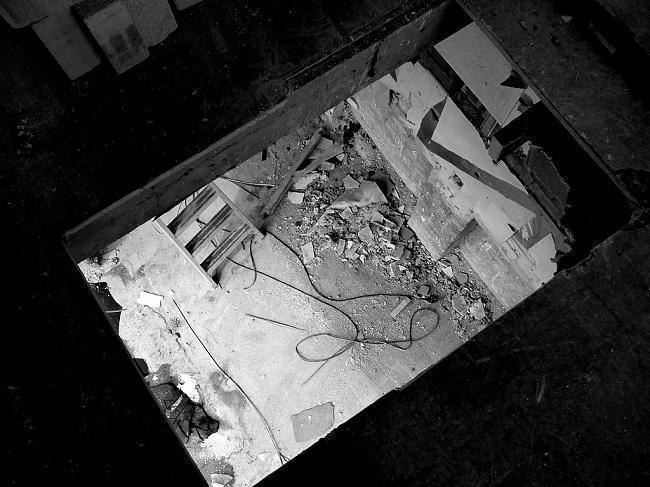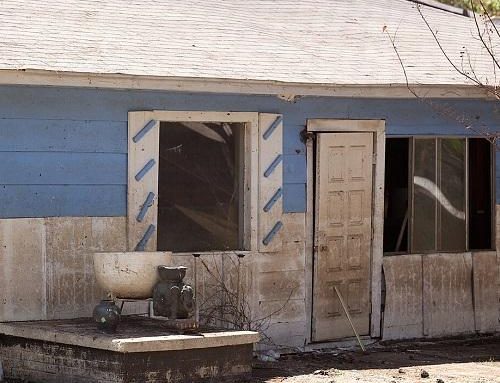As the leaves change colors and temperatures drop, the construction industry continues to face risks and challenges. One of the most significant hazards faced by construction workers is falls, which account for hundreds of fatalities every year. Among the various causes of falls in construction, floor openings represent a major danger that deserves special attention.
Floor openings can be found on construction sites in various forms, such as stairwells, skylights, elevator shafts, and manholes. These openings may seem harmless, but they can lead to severe injuries and even death if proper precautions are not taken. In this article, we will explore the importance of protecting floor openings and provide practical guidance on how to prevent falls and save lives.
Understanding the Risks
Floor openings can pose significant risks to construction workers. A split-second misstep can result in a worker plummeting through an unprotected opening, causing severe injuries or even death. Head and internal injuries are common outcomes of such accidents. Recognizing the potential dangers of floor openings is crucial for maintaining a safe work environment and preventing unnecessary harm to workers.
OSHA Regulations
The Occupational Safety and Health Administration (OSHA) has established regulations to protect workers from falls related to floor openings. These regulations are designed to ensure that employers take necessary precautions to provide a safe work environment and required protective equipment.
- OSHA Standard 1926.500(b) defines a “hole” as a gap or void of 2 inches or more in its least dimension, in a floor, roof, or other walking/working surface.
- OSHA Standard 1926.501(b)(4) requires that employees be protected from falling through holes more than 6 feet above lower levels by personal fall arrest systems, covers, or guardrail systems erected around such holes.
- OSHA Standard 1926.501(b)(4)(ii) mandates that employees be protected from tripping or stepping into or through holes by using covers.
These regulations serve as a foundation for promoting safety on construction sites and preventing falls related to floor openings.
Implementing Fall Protection Measures
To reduce the risk of falls and save lives, employers should implement the following measures:
- Guardrails: Install guardrails around floor openings, such as stairwells and elevator shafts, to prevent workers from accidentally falling into them. Guardrails should be sturdy and meet OSHA requirements.
- Covers: Secure floor openings with proper covers to protect workers from tripping or stepping into them. Covers should be strong enough to withstand at least twice the weight of employees, equipment, and materials that may be imposed on them at any time.
- Personal Fall Arrest Systems (PFAS): When working near or over any uncovered opening more than 6 feet above a lower level, workers should use a PFAS to prevent falls.
- Training and Awareness: Educate workers about the dangers of floor openings and the importance of following OSHA’s fall protection standards. Encourage employees to stay alert and report any unsafe conditions immediately.
Staying Up-to-Date with OSHA Requirements
OSHA’s requirements are subject to change as new information and research become available. Employers should regularly consult OSHA’s website and stay informed about any updates to fall protection regulations.
Conclusion
Fall protection is not just about complying with OSHA regulations; it’s about protecting the lives of construction workers. By understanding the risks associated with floor openings and implementing proper safety measures, employers can create a safer work environment and help prevent tragic accidents. Remember, using the right type of fall protection can be the difference between life and death.
References:










